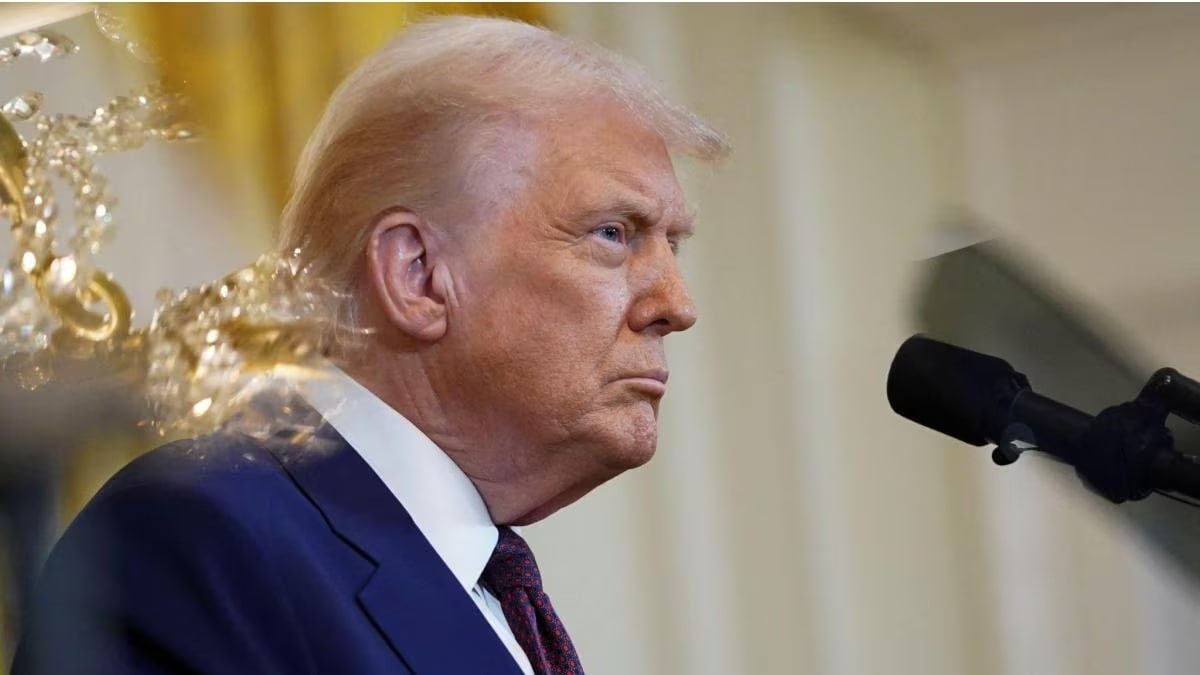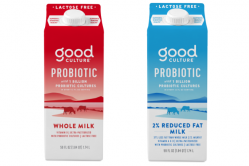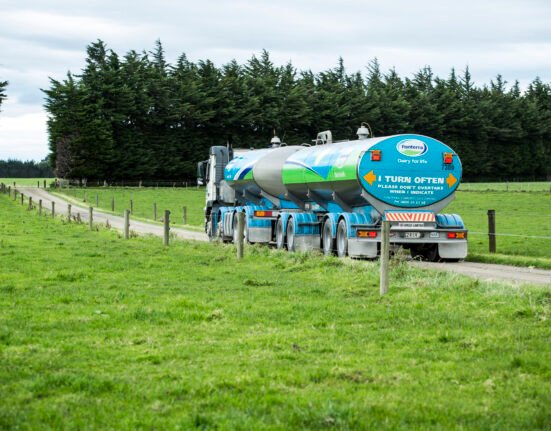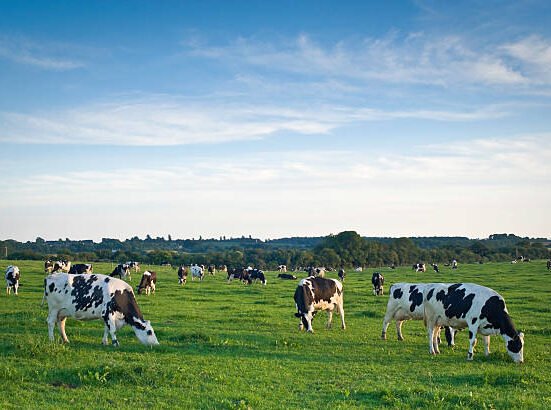A Brewing Storm: The Dairy Tariff Crisis of 2025
The global dairy industry is bracing for chaos as U.S.-Europe trade tensions boil over. President Donald Trump’s push for steep tariffs on imported dairy has triggered a preemptive scramble, with Ireland’s dairy giant Ornua stockpiling Kerrygold butter in U.S. warehouses.
This isn’t just a logistical flex—it’s a warning shot. Industry insiders see a trade war looming that could fracture supply chains, jolt milk prices, and squeeze farmer profits worldwide. As Washington and Brussels trade threats, dairy producers are caught in the crossfire, racing to adapt to a rapidly shifting landscape.
Why Kerrygold Is Hoarding Butter in the U.S.
Kerrygold, America’s second-biggest butter brand, is quietly amassing Irish butter stateside to dodge the tariff hammer. “We’ve moved product into the U.S. anticipating higher tariffs,” says Ornua CEO Conor Galvin. “We’re coordinating with logistics partners to keep shelves stocked before any final decision lands.”
But Galvin admits this is a stopgap. “Stockpiling won’t cover butter from cows we haven’t milked yet in 2025,” he says. “There’s a limit to how much we can buffer.” This stark reality underscores the vulnerability of dairy producers: short-term tactics can’t outrun long-term trade upheaval.
What This Means for U.S. Dairy Farmers
On the surface, tariffs could look like a boon for American farmers, curbing foreign competition and lifting demand for homegrown dairy. But dig deeper, and the cracks appear.
- Europe’s Revenge: The EU, a $9.5 billion export market for U.S. dairy, could slap retaliatory tariffs on American products, choking off a vital revenue stream.
- Supply Chain Chaos: Processors and retailers might pivot to new suppliers, unleashing unpredictable market shifts.
- Price Rollercoaster: Butterfat’s current $2.91/lb valuation could spike initially with tariffs, only to crater if exports dry up under retaliation.
Jim Mulhern, CEO of the National Milk Producers Federation (NMPF), sounds the alarm: “Selective tariffs might offer a quick boost to some, but our industry leans on stable trade ties. Mishandled policy could spark a backlash that guts our export edge.”
How Farmers Can Brace for the Tariff Tsunami
Dairy markets were already a tightrope before tariffs entered the chat. Here’s how farmers and processors can steel themselves for the storm:
- Tighten Processor Ties
Not every processor will feel the same heat. Farmers should probe their partners’ exposure:- How much of your output rides on exports?
- What’s your Plan B if tariffs hit?
- Will pricing hold if European butter costs soar?
- Spread the Risk
Farms tied to export-heavy processors should scout local or niche markets. Midwest producers, for instance, are linking up with artisanal cheese makers targeting premium domestic buyers—a buffer against trade turbulence. - Lock in Gains
With CME futures flashing solid prices, forward contracts covering 40-50% of production could shield margins from tariff-driven shocks. - Build a Cash Fortress
Flashback to the 2018-2019 U.S.-China trade war: Dairy farms with six months of reserves were 3.5 times likelier to stay cash-flow positive. In uncertain times, liquidity is king.
The Consumer Ripple: Higher Prices, Shaky Supply
Tariffs won’t stop at the farm gate—they’ll hit wallets, too. If European butter gets pricier, expect Kerrygold’s retail tag to climb. Domestic producers might follow suit, capitalizing on the gap.
- Short-Term Sting: Imported dairy prices jump fast.
- Long-Term Flux: Supply chains rewire, risking shortages or wild price swings.
What’s Next? A High-Stakes Countdown
Trump’s trade hawks are moving at warp speed, and tariffs could land any day. If European dairy gets slapped with heavy duties, the global market will quake—leaving unprepared farmers and processors in the dust.
💡 Bottom Line: The dairy world faces a reckoning. From volatile prices to disrupted trade, action now is the only way to weather the storm. Farmers, processors, and consumers alike need to buckle up—because the clock’s ticking.







